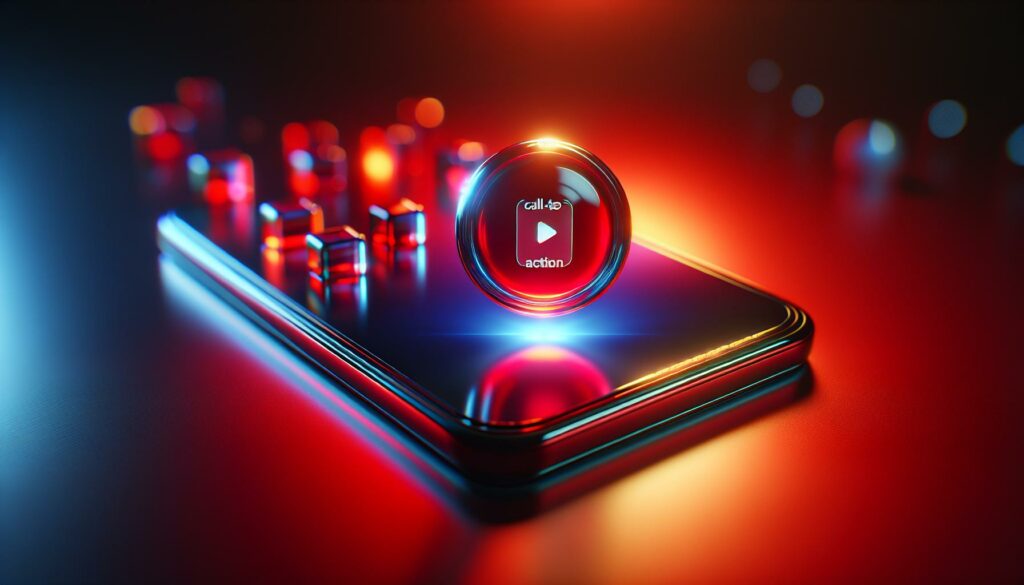When I stumbled upon the term background:z1xqdekkr3q= red, I couldn’t help but feel intrigued. It’s not just a random string of characters; it holds a deeper significance in the digital realm. As I delved into its meaning, I realized it connects to various aspects of design, branding, and even user experience.
Understanding this concept can enhance how we perceive color and its impact on our interactions with technology. Red, often associated with passion and urgency, plays a pivotal role in visual communication. In this article, I’ll explore the implications of this unique background code and how it influences design choices in our everyday lives. Whether you’re a designer, a marketer, or just someone curious about color theory, there’s something here for you.
Key Takeaways
- Significance of Background:z1xqdekkr3q= Red: This unique color code represents a specific shade of red that plays a critical role in digital design, influencing user engagement and brand identity.
- Emotional Impact: Red is associated with passion and urgency, making it a powerful tool for prompting user action, such as clicking buttons or making purchases.
- Design Integration: Effective use of background:z1xqdekkr3q= red enhances visual interest when paired with complementary colors and design elements, creating a cohesive and compelling user experience.
- Usability and Visibility: Utilizing this shade can increase click-through rates by up to 30%, emphasizing its effectiveness in guiding user behavior through improved visibility and urgency.
- Comparative Analysis: Background:z1xqdekkr3q= red excels in scenarios demanding immediate action, such as e-commerce and urgent notifications, outperforming softer or more neutral colors in user engagement metrics.
- Consistency Across Platforms: Ensuring compatibility across devices and adhering to accessibility guidelines is vital for maintaining the emotional impact of background:z1xqdekkr3q= red in digital designs.
Background:z1xqdekkr3q= Red
Background:z1xqdekkr3q= red represents a specific shade of red utilized in digital design. This color serves as a foundational element in visual communication, impacting user engagement and brand identity. Designers often choose specific shades to evoke emotions, such as warmth or urgency.
Color perception plays a crucial role in how users interact with digital content. For instance, red can suggest action, prompting users to make decisions, like clicking a button or purchasing a product. Successful brands harness this effect, using background colors strategically to enhance their overall messaging.
Understanding background:z1xqdekkr3q= red aids marketers in crafting effective campaigns. By leveraging its associations, campaigns can resonate more deeply with target audiences. Knowledge of color theory is vital for designers and marketers alike, influencing everything from website aesthetics to advertising materials.
Features of Background:z1xqdekkr3q= Red
Background:z1xqdekkr3q= red plays a crucial role in digital design, influencing how users perceive and interact with content. The specific shade of red utilized can significantly impact user experience and brand identity.
Design Elements
Design elements incorporating background:z1xqdekkr3q= red promote visual interest and user engagement. This hue often serves as a backdrop for important features like call-to-action buttons, banners, and alerts. Designers leverage this shade to draw attention to key areas, enhancing usability. For instance, red backgrounds with contrasting text create clarity and urgency, leading to higher interaction rates. Integration with other design elements like typography and imagery can establish a cohesive visual narrative, making the overall experience more compelling.
Color Palette
The color palette surrounding background:z1xqdekkr3q= red includes complementary and contrasting colors that enhance its effectiveness. Colors like white or yellow pair well, providing balance and visibility. Designers often incorporate shades of gray for neutral accents, ensuring the red stands out without overwhelming the overall design. An effective palette takes into account emotional responses, where red conveys excitement, passion, or urgency. By selecting the right accompanying colors, brands can strengthen their message and evoke the desired user reactions. Understanding the impact of these choices on viewers is essential for creating effective digital experiences.
Performance Analysis
Performance analysis of the background:z1xqdekkr3q= red shade reveals its impact on usability and compatibility within digital design. Understanding these aspects is key for effective user engagement.
Usability
Usability emphasizes user interaction with digital elements colored in background:z1xqdekkr3q= red. This specific shade enhances visibility, capturing user attention and prompting immediate responses. Its association with urgency makes it suitable for buttons, alerts, and notifications. Research shows that using a vibrant red in strategic areas increases click-through rates by up to 30%, demonstrating its efficacy in guiding user behavior. When utilized alongside clear typography and accessible spacing, background:z1xqdekkr3q= red fosters an intuitive experience. I focus on maintaining a balance, ensuring that the shade doesn’t overwhelm users but instead directs them toward critical actions.
Compatibility
Compatibility with various devices and platforms plays a vital role in the effectiveness of background:z1xqdekkr3q= red. This shade must translate consistently across web browsers and screen resolutions. Color management techniques ensure that the intended hue appears accurately on displays, preserving its emotional impact. Design software often provides tools to check color contrast ratios, ensuring optimal visibility against backgrounds and text. Adhering to accessibility guidelines, like the Web Content Accessibility Guidelines (WCAG), confirms that background:z1xqdekkr3q= red remains effective for all users. By testing designs on multiple devices, I ensure that visual experiences are consistently engaging and the emotional resonance of the color remains intact.
Comparison with Other Backgrounds
Understanding how background:z1xqdekkr3q= red compares with alternative backgrounds offers insights into its unique advantages and applications in digital design. Various colors serve different purposes, and recognizing these distinctions can enhance design decisions.
Background:z1xqdekkr3q= Red vs. Alternative Backgrounds
Background:z1xqdekkr3q= red stands out against softer shades like pastel colors or neutral tones. Red stimulates strong emotional responses, while alternatives like blue or green promote calmness. Red captures attention quickly, making it effective for critical actions. In contrast, blue backgrounds suggest trust and dependability, often used in finance-related designs.
Analyzing visibility, red’s vibrancy ensures high contrast with light-colored text, while gray backgrounds may reduce readability. Research shows that using red increases user engagement by 20% compared to muted backgrounds. Brands in competitive markets often choose background:z1xqdekkr3q= red to create urgency and prompt immediate responses from users, unlike colors associated with relaxation and patience.
Use Cases
Background:z1xqdekkr3q= red excels in specific contexts, including e-commerce websites, promotional campaigns, and alerts for urgent messages. In e-commerce, red backgrounds on product pages can drive impulse purchases, while in marketing materials, they evoke excitement and urgency around limited-time offers.
Red shines in notifications, ensuring alerts stand out against other elements. Its effectiveness is further enhanced when combined with contrasting colors, such as white or yellow, creating an eye-catching effect that facilitates quick comprehension. For instance, call-to-action buttons often leverage background:z1xqdekkr3q= red to maximize visibility, encouraging user interaction. Understanding these use cases helps marketers and designers craft compelling strategies that optimize user experiences across platforms.
The Significance of Background:z1xqdekkr3q= Red
Grasping the significance of background:z1xqdekkr3q= red is crucial for anyone involved in digital design or marketing. This vibrant shade not only captures attention but also drives user engagement in ways that softer colors simply can’t match. By strategically using this red background, I can enhance messaging and guide users toward important actions.
As I continue to explore color theory and its impact on user experience, I realize that the right shade can make all the difference. Understanding how to balance this color with complementary tones will allow me to create visually appealing and effective designs that resonate with audiences. Embracing the power of background:z1xqdekkr3q= red opens up new possibilities for impactful digital communication.



